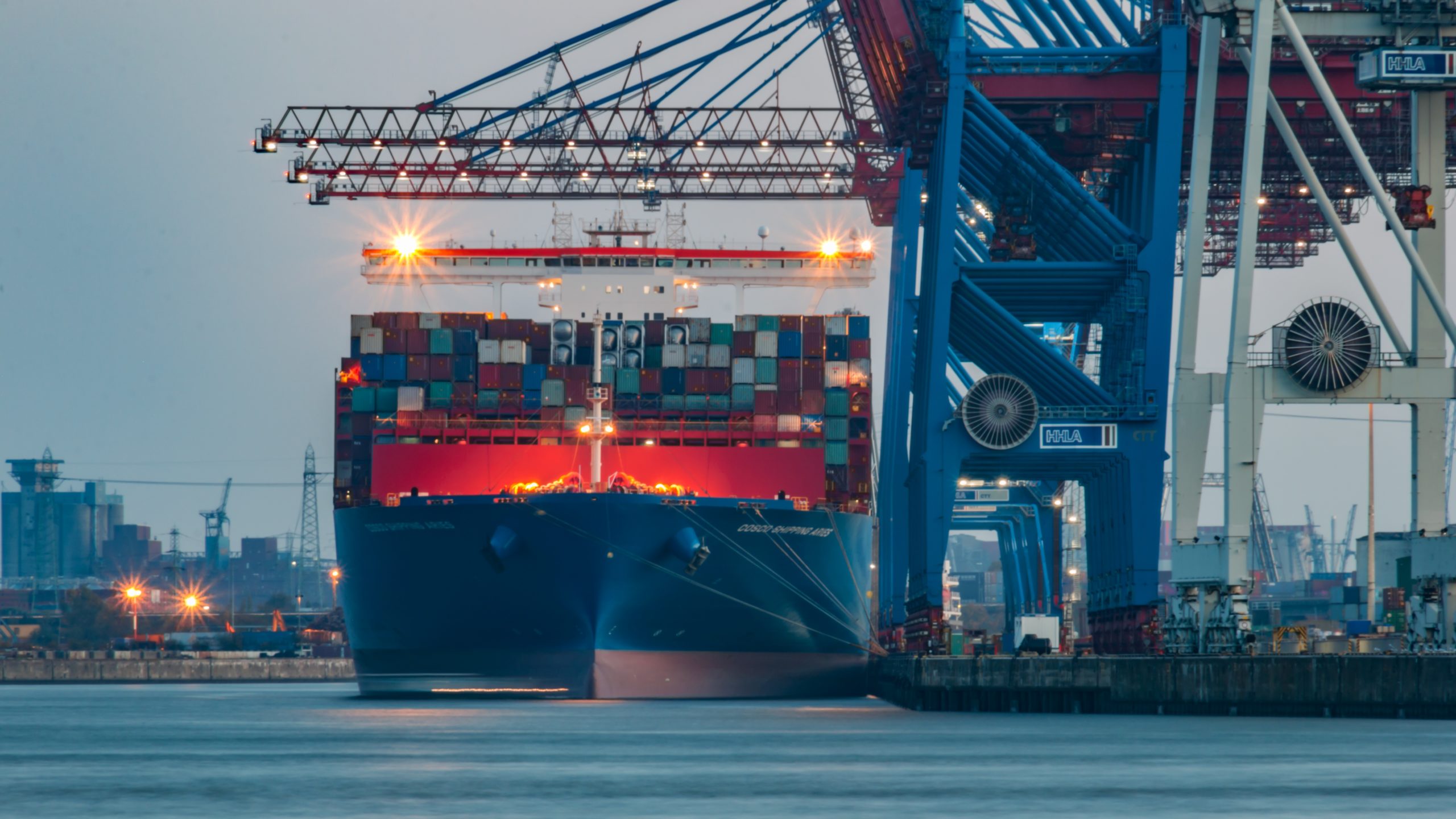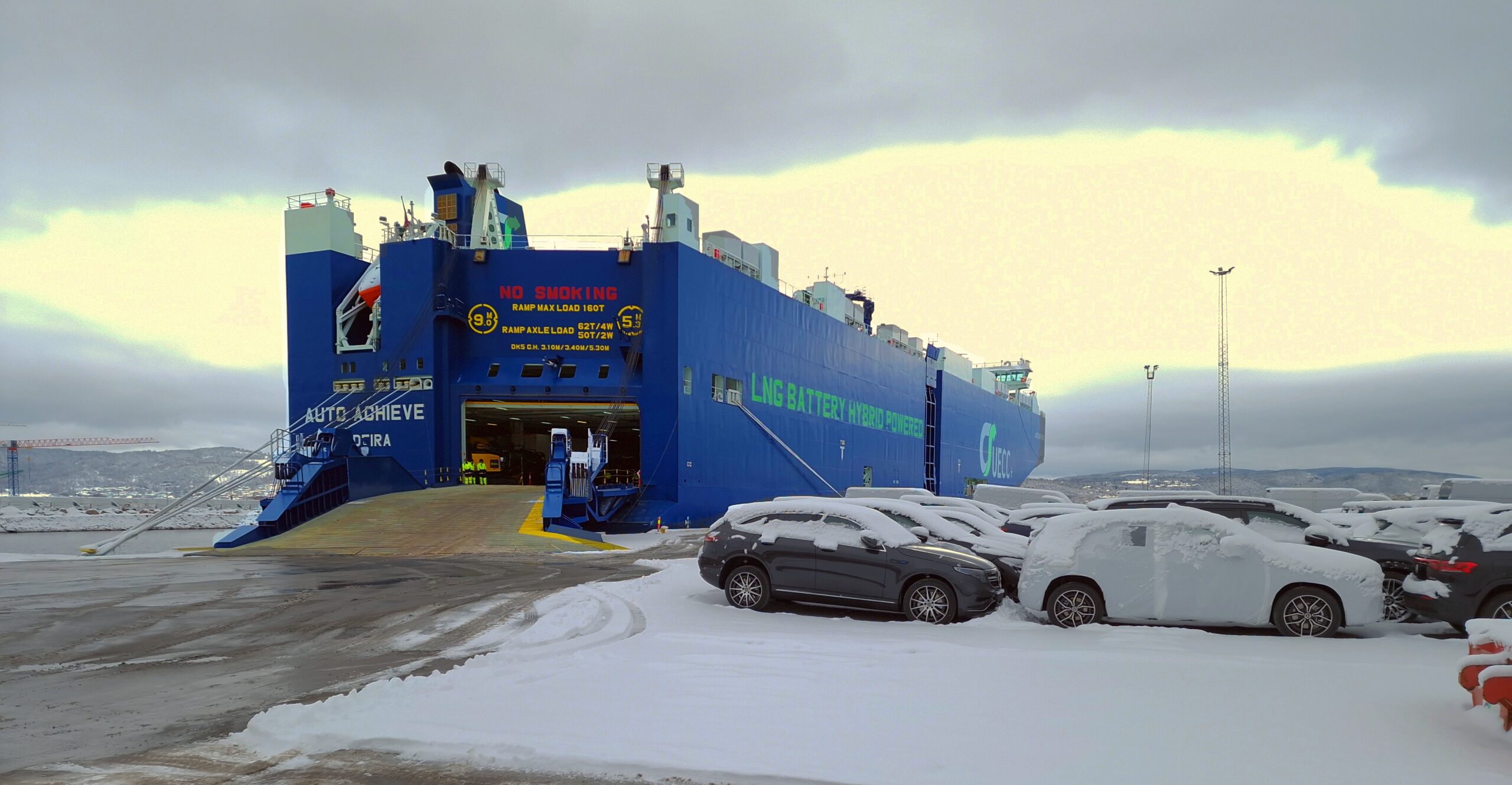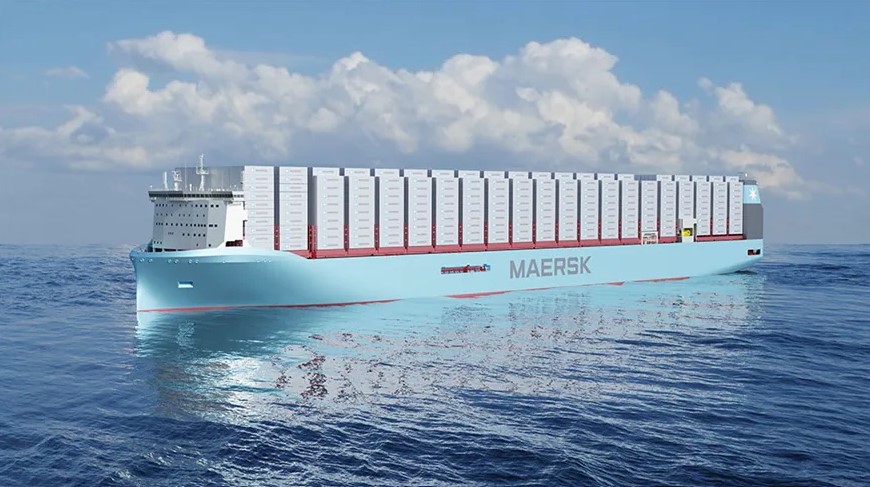Can the IMO’s recent Just in time Arrival guide and advocacy be a timely push for more digital connectivity and operational efficiency. Brian Dixon went to ask why publish it now?
The benefits of Just In Time (JIT) Arrivals, viz the concept of a ship maintaining an optimal operating speed to arrive at the Pilot Boarding Place when the availability of a berth, fairway and nautical services is assured, are multifold. From an environmental perspective, it helps minimise emissions as it not only promotes the optimisation of sailing speeds and therefore greater engine efficiency and reduced fuel consumption, but also cuts the amount of time a vessel has to spend manoeuvring in the approaches or waiting at anchorage.
At the same time, it can also help reduce congestion and traffic in the anchorage areas thereby lowering the risk of accidents and collisions. Furthermore, in areas prone to piracy, this lowers the chance of an attack as such incidents tend to happen more frequently when a ship is at anchorage. Similarly, shorter waiting times means less likelihood of biofouling of the hull occurring, something which itself can impair the efficiency of a ship and lead to increased fuel consumption.
And contractually, waiting at an anchorage also impacts laytime and demurrage calculations.
Given all this, it is perhaps not surprising that the International Maritime Organization (IMO) and the Global Industry Alliance to Support Low Carbon Shipping (Low Carbon GIA) this past August published a new JIT Arrival Guide to advance the implementation of this concept. However, JIT Arrivals is not exactly new, having long been employed by cruise lines and ferries, for instance. So why publish the Guide now?
Timely
“The novelty really is the expansion of this practice to other ship types, such as containers, bulkers and tankers,” says Low Carbon GIA technical analyst Minglee Hoe. “Those ship types mostly exchange berth with other ships alongside. This means a lot of stakeholders need to communicate to optimise the port call and enable JIT arrival. With increasing attention on reducing emissions from shipping and digitalisation, JIT Arrivals is increasingly seen as one such solution. Hence the need for the Guide.”
Intended to provide advice to the many stakeholders involved in a port call, such as shipowners, ship operators, charterers, ship agents, shipbrokers, port authorities, terminals and nautical and vessel service providers, the Guide recognises that a number of contractual and operational barriers still need to be overcome.
The former category, Hoe notes, primarily applies to ships operating under voyage charter during the laden voyage. In such an arrangement, which particularly affects bulkers and tankers, voyage charter parties include a Due Despatch clause that contractually obliges the ship’s Master to proceed to the next port with utmost despatch, regardless of whether a berth is available or not.
However, as these contractual barriers primarily relate to ships operating under voyage charter, they could potentially be overcome by simply improving existing voyage charter party agreements. For instance, they could be adapted to include a JIT Arrival standard clause to allow the ship’s Master to optimise speed without being in breach of contract.
Similarly, a JIT Arrival standard clause could also be included in the charter party contract that could then be passed through the sales chain akin to any other clause. Meanwhile, fuel savings could also include a split with the terminal as well as the shipowner and charterer thus enabling all three parties to receive an equal share of the benefits derived from a JIT arrival.
Such contractual changes, Hoe believes, would probably work best if enforced in top-down manner, such as being mandated by the Port Authority. After all, should the Port Authority make such a change, all parties would be obliged to honour it.
Earlier communication
In terms of operational barriers, Hoe identifies the clear need to improve communication between vessel and port, noting that ships typically do not receive sufficient notice regarding the availability of a berth. Rather, they tend to only be given such advice on first entering radio range, around 30 NM from port.
“This does not enable a ship to slow down and arrive JIT as in fact the ship is already almost in the port area when it receives that information,” she says. Similarly, terminals also have difficulty in planning berth availability as the completion time of cargo operations of the ship alongside will dictate when the next ship can call at berth and be served.
This is clearly a major stumbling block for container shipping as around 80% of delays are the result of berths being occupied. Indeed, it is for this reason that berth availability comprises the focus of the first six key timestamps in the business process, viz ETC Terminal; ETC Bunkers; ETD Berth; RTD Berth; RTA Berth; and RTA Pilot Boarding Place.
Standards, standards,standards
To counter this, the Guide highlights the need for harmonised standards and their implementation by all port call stakeholders. This aligns with recent steps made by the IMO’s Expert Group of Data Harmonization with regard to including new operational data elements in the IMO Reference Data Model that pertain to the JIT Arrivals concept and which are expected to be approved by the IMO’s Facilitation Committee.
But will JIT Arrivals ever become the norm? That, Hoe says, “will ultimately depend on whether stakeholders can work collaboratively, exchange information in real-time and overcome any other challenges to its implementation”. To this extent, the Guide arguably makes much headway to achieving this.


































